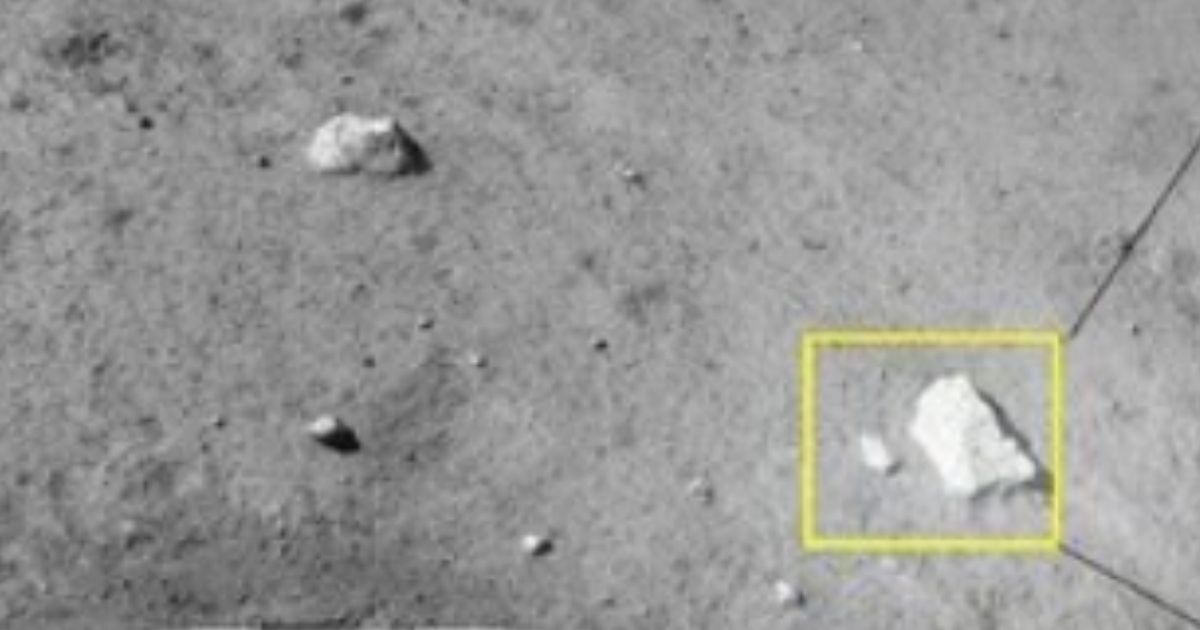China, which has staked vast national prestige on its space program, says that it has detected the presence of water in lunar samples gathered from the moon.
A report in Science Advance says that the samples were gathered by China’s Chang’E-5 spacecraft in the Northern Oceanus Procellarum basin of the moon in December 2020.
The report says that within the samples, scientists estimated the water content of the rocks at about 180 parts per million.
The Chinese discovery came two months after NASA announced that its Stratospheric Observatory for Infrared Astronomy announced that it found “for the first time, water on the sunlit surface of the Moon,” according to NASA
“This discovery indicates that water may be distributed across the lunar surface, and not limited to cold, shadowed places,” it reported.
China’s lunar probe detects in-situ moon surface water https://t.co/GFXzM4z0Sr pic.twitter.com/vlvYoiZiT5
— China Xinhua News (@XHNews) January 9, 2022
The Chinese discovery would, however, mark for the first on-site discovery of the presence of water on the moon, according to the South China Morning Post.
“It’s like a ‘field trip’ out on the Moon, the first opportunity to detect signs of water at close range and high resolution on the lunar surface,” said lead author and Chinese Academy of Sciences researcher Lin Honglei in a statement.
“The returned samples are a mixture of granules both on the surface and beneath. But an in-situ probe can measure the outermost layer of the lunar surface,” Lin told the Chinese news agency Xinhua.
China’s Lunar Lander Makes First On-Site Detection Of Moon Water https://t.co/KxnpY59OQd
— zerohedge (@zerohedge) January 9, 2022
The website Futurism suggested the news be received with a drop of skepticism.
“Given the recent Moon cube moment that turned out to be — like we suspected — a humble rock, we’re a little skeptical of any big space claims by China,” it posted, referring to China’s claims that its lunar rover had found something spectacular that turned out to be ordinary.
But scientists have long suspected that there’s likely ice and water on the moon — and, if the research holds up, water would be a tantalizing resource for a long-term presence on the moon by human astronauts,” the post continued.
NASA said its data estimated water present in a concentration of between 100 to 412 parts per million, making the comparison that there was the “equivalent of a 12-ounce bottle of water — trapped in a cubic meter of soil spread across the lunar surface.”
“We had indications that H2O — the familiar water we know — might be present on the sunlit side of the Moon,” said Paul Hertz, director of the Astrophysics Division in NASA’s Science Mission Directorate. “Now we know it is there. This discovery challenges our understanding of the lunar surface and raises intriguing questions about resources relevant for deep space exploration.”
Water as we know it on the surface of the moon?
Not.
Only a few molecules detected by NASA’s Stratospheric Observatory (SOFIA): a concentration of water 100 times lower than that of the driest area of the Sahara desert.https://t.co/vHGSJbj25H
Credits: NASA/Daniel Rutter pic.twitter.com/qeNWLnmW0r— Xavi Bros (@Xavi_Bros) October 26, 2020
NASA noted for comparison that “the Sahara desert has 100 times the amount of water than what SOFIA detected in the lunar soil. Despite the small amounts, the discovery raises new questions about how water is created and how it persists on the harsh, airless lunar surface.”
In its review of research, The Guardian noted that during the 1990s, orbiting spacecraft found indications of ice at the moon’s poles and that in 2009, an Indian spacecraft’s instrument appeared to find data that showed water existed on the moon.
This article appeared originally on The Western Journal.

























 Continue with Google
Continue with Google